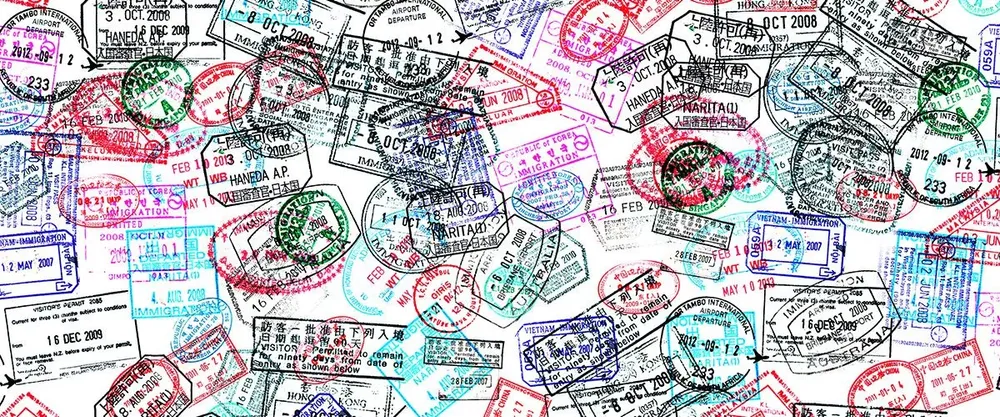New Zealand's government announced to reform the country's immigration laws, but some consider the changes to be lackluster and to not address the real issues migrants seeking work in New Zealand are facing. Aaron Martin explains exactly where the new rules fall short and what issues still need to be addressed.
Opinion piece: Aaron Martin principal lawyer for New Zealand Immigration Law.
Over the past two years, Covid has turned the immigration tap off, leaving New Zealand desperately short of some much-needed skills. The Government argued that the situation produced the perfect opportunity to reassess decades of “unbalanced immigration.” A “reset” was promised, and expectations built up that something significant was in the works; a major reform of New Zealand’s immigration system, designed to address this skill shortage.
When the announcement finally came on Wednesday, the Government had rebranded their “reset” as a lesser “rebalancing.” This downgrade of terminology was warranted – rather than a “reset”, the reforms turned out to be the same policy as before dressed up as something new.
From a big picture point of view, the new settings equate to “business as usual”, with some new mechanisms for selecting and encouraging migrants to this country.
In essence, the announcement falls flat, both in terms of a vision and in delivery of any real change for employers.
The positives:
As part of border reopening and immigration changes, the government announced a new “Green List” of 85 hard-to-fill, high-skill roles that provide a priority pathway to residency.
- The new Green List is welcome, as some industries now have some certainty for those they need to employ.
- It’s great that Accredited Employer Work Visa (AEWV) holders who are paid $115,500 will have a pathway to residence after working for two years.
- It’s also great that some occupations are going to have a temporary reprieve from the $27.76 median wage.
What’s wrong with the announcement?
The new work visa system is not new. It’s been in the planning well before Covid. There is nothing innovative here.
The Green List is the Long-Term Shortage List in disguise. It’s also too narrow. You don’t get on the Green List just because the job title matches the list, the visa applicant’s qualifications must also be equivalent to the New Zealand qualifications on the list.
Although it is wonderful that some skilled occupations can apply for residence directly; others on the list, such as nurses and teachers, will still have to wait after two years of work.
Additionally, what about all the other occupations, such as accountants, construction trades, hairdressers, and all the other ICT occupations, just to name a few.
All the rest may qualify under the Skilled Migrant Category, which is still under review with no precise word on when it will be released or what the criteria will be.
How do you encourage this group of workers to bring their valuable skills to New Zealand if we have no residence category and no indication of what it takes to qualify? “It’s coming” is not a good enough answer after two and a half years of waiting.
The Green List job titles are still associated with an ANZSCO job description
Is this operationally directing INZ back to the bugbear of the old Skilled Migrant Category, with the arguments and large quantities of evidence being supplied to prove the employer’s job description “substantially matches” the ANZSCO description for the role?
The purpose of these new rules is to attract needed skills and talent. To do that, New Zealand needs to be easy to move to. As Brett O’Riley, Chief Executive of the EMA, pointed out on Radio New Zealand on Thursday “the New Zealand employment brand has been a bit damaged.”
If you are trying to repair that, why do changes in December this year remove the ability for partners of workers to enter on an open work visa? The open work visa makes them “work ready.” It assists the family to settle quickly by facilitating employment of the partner.
The December change openly acknowledges most partners won’t enter on a work visa ̶ it’s reserved only for work visa holders with a job on the Green List or being paid 200% above median wage.
With most candidates we help apply for a work visa, the second question asked is usually: can my wife get a work visa for the same period? Under current rules I can say yes.
With the December rules I have to say, no, your partner only comes in on a visitor visa.
If he or she can find a job with an accredited employer, then your partner will get a work visa tied to that employer.
The immigration minister tried to dress it up as something beneficial because the work visa will allow part-time work. Guess what? The open work visa already does this! And imagine how hard it is searching for work only holding a visitor visa!
It’s hypocritical of the Government to require accredited employers to provide settlement information to assist workers to settle, but to then introduce a policy which makes that hard to do.
How are employers going to attract workers when their family must go from two incomes to one in the current New Zealand environment and stay on that one income for an undetermined length of time?
The policy suite therefore lacks logic.
We’ve waited over two and a half years for a new residence programme ̶ and a work visa system we all knew was coming ̶ and all we got was this? Immigration New Zealand definitely could have done better.
Learn more about living and working in New Zealand.
Aaron Martin is one of New Zealand’s most highly regarded practitioners in immigration law, with decades of experience in assisting private individuals, business, and corporate clients. Skilled in evaluating complex cases, ministerial intervention, appeals, and character or medical waivers.
If you need help or advice with your visa application, Connect with Aaron today.

Learn more about New Zealand and how to find a job in the country!





